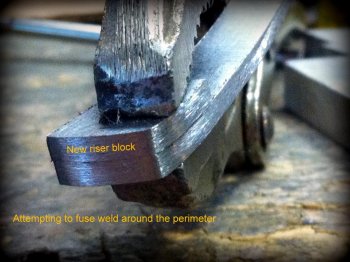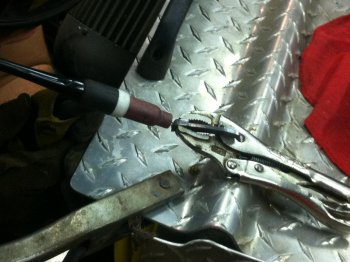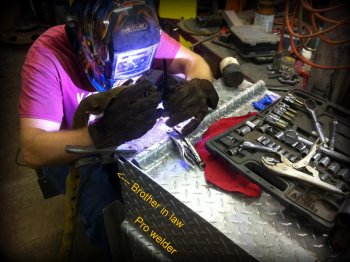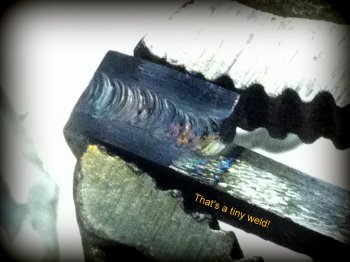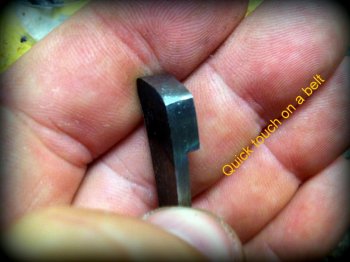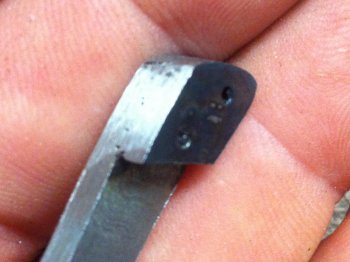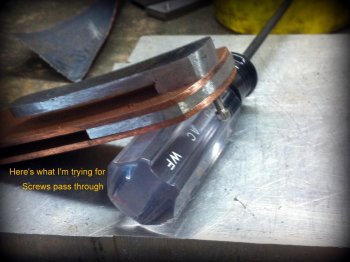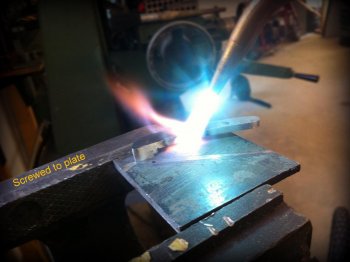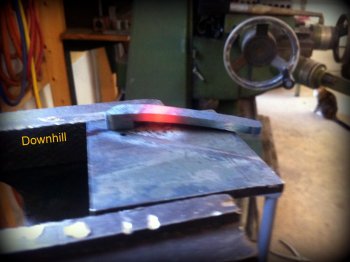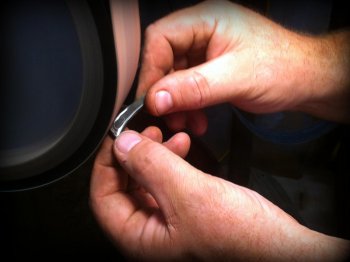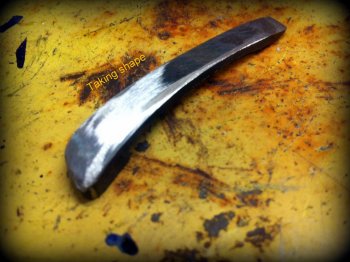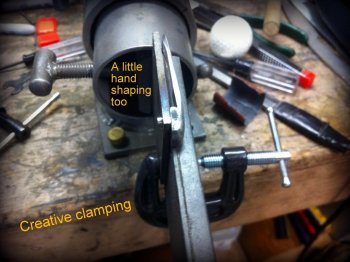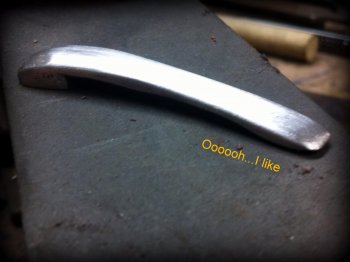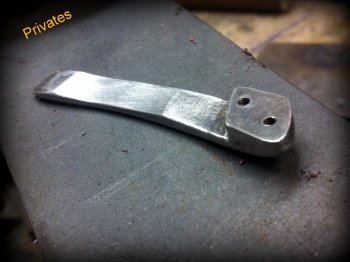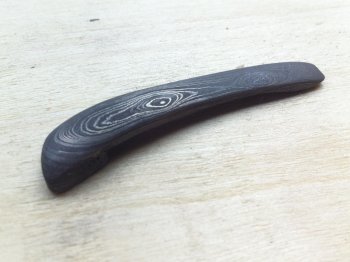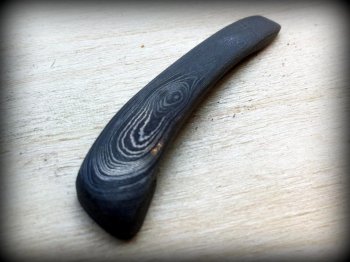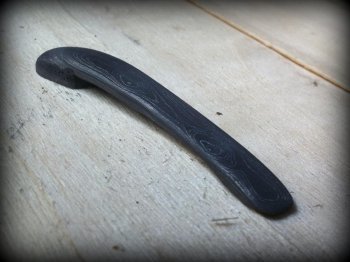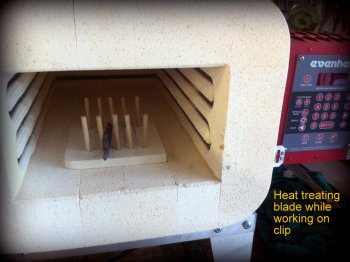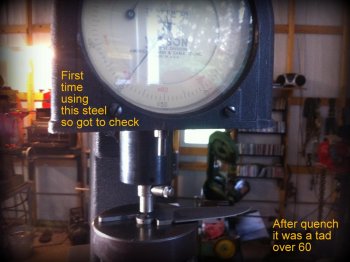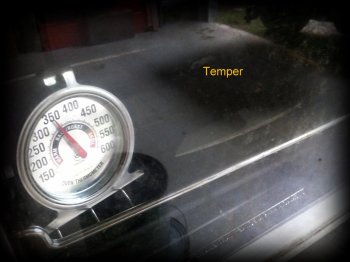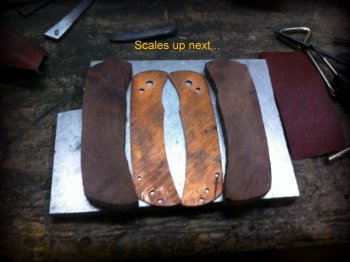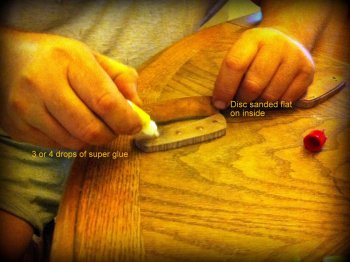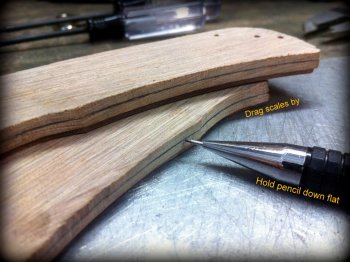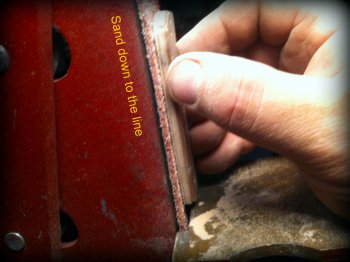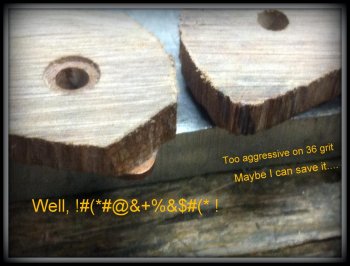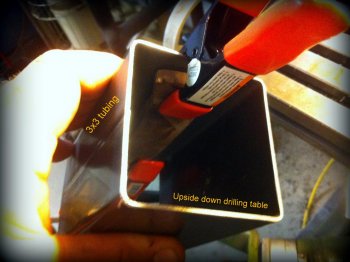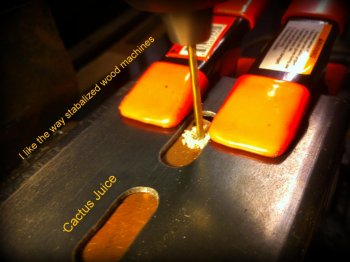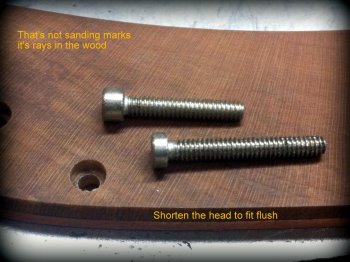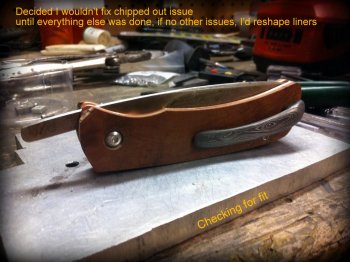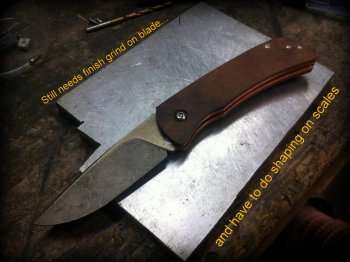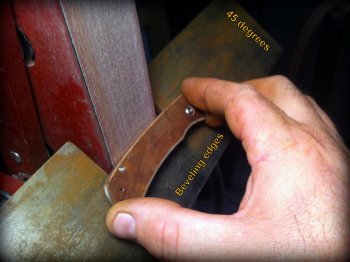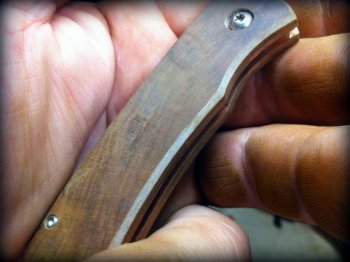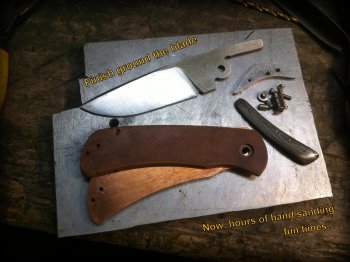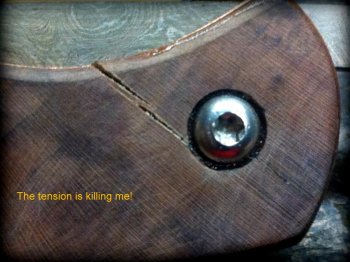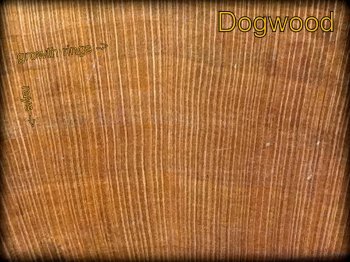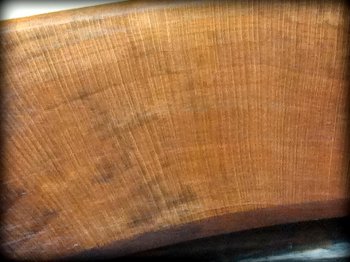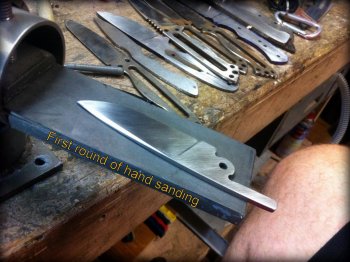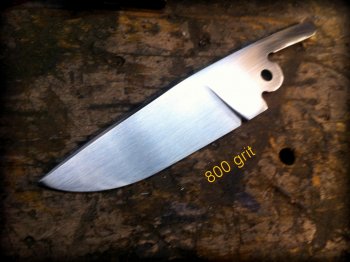I've had issues with the wood expanding/contracting too much. I took it in the house, while it was superglued to the liners, it contracted overnight enough to bow the copper liners and show a gap on the edge. I warmed up the liners with a heat gun until the super glue let go and the wood had shrank about 1/16" in length. These were stabilized with Cactus Juice, so I wasn't expecting the wood to move much. The wood was dry when juiced, but it is about a 45 degree end grain cut, so I guess that's why its moving. Looked at it today, back in the shop, and the wood is back where it started. I'm curious if the heat generated from the copper scales while profiling might have caused some of this too. Just not sure.
Three options I see, first, is to ditch the wood and go with G10. I don't want to that, so second idea I had was to make the pivot hole in the scales a little larger. Large enough allow a little movement, but still be covered by the pivot screw head. Third idea, just epoxy the wood to the liners. Not sure if that keep it put or cause the wood to crack later one. Experienced advice welcome, any wood scaled folder experts have any tips to deal with wood movement?

